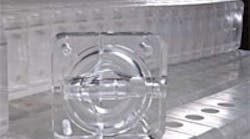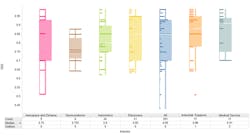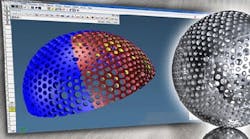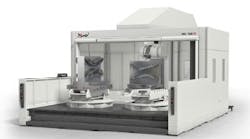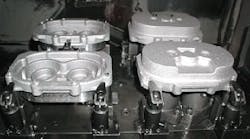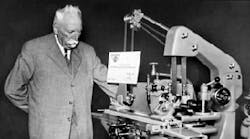Applied Engineering Plastics (AEP) considers job lot sizes of 150 pieces to 250 pieces average volume. The shop does machine quantities above 250 pieces and quantities of one or two for the prototype jobs that are critical in medical industry trials.
Above 250 pieces, a lot of plastic components will undergo design changes that allow them to be produced by injection molding.
However, company president Chris Klope said he does not believe there is anything in injection molding that his shop can’t get done using the shop’s Bridgeport machining centers.
But he indicated that once quantities run up to around 10,000 pieces per month, it is no longer cost effective to machine a plastic part. That is providing that the required plastic is available in an injection-molding grade and provided that tolerances and part geometries are not so critical as to allow for the shrinkage that often occurs with injection molding, plus the draft angles and some of the gate scars.
AEP has produced plastic instruments for the ear, nose and throat industry as well as radiolucent and radio-opaque materials for surgical and medical applications. Two of which are a device made from 100 percent PVC and one that is acrylic.
The acrylic part’s machined surface must be a polished one, and Klope said AE P is the only shop in the United States that he knows of able to generate such a finish right from a machining process (on the Bridgeports). Typically it would require a secondary operation.
